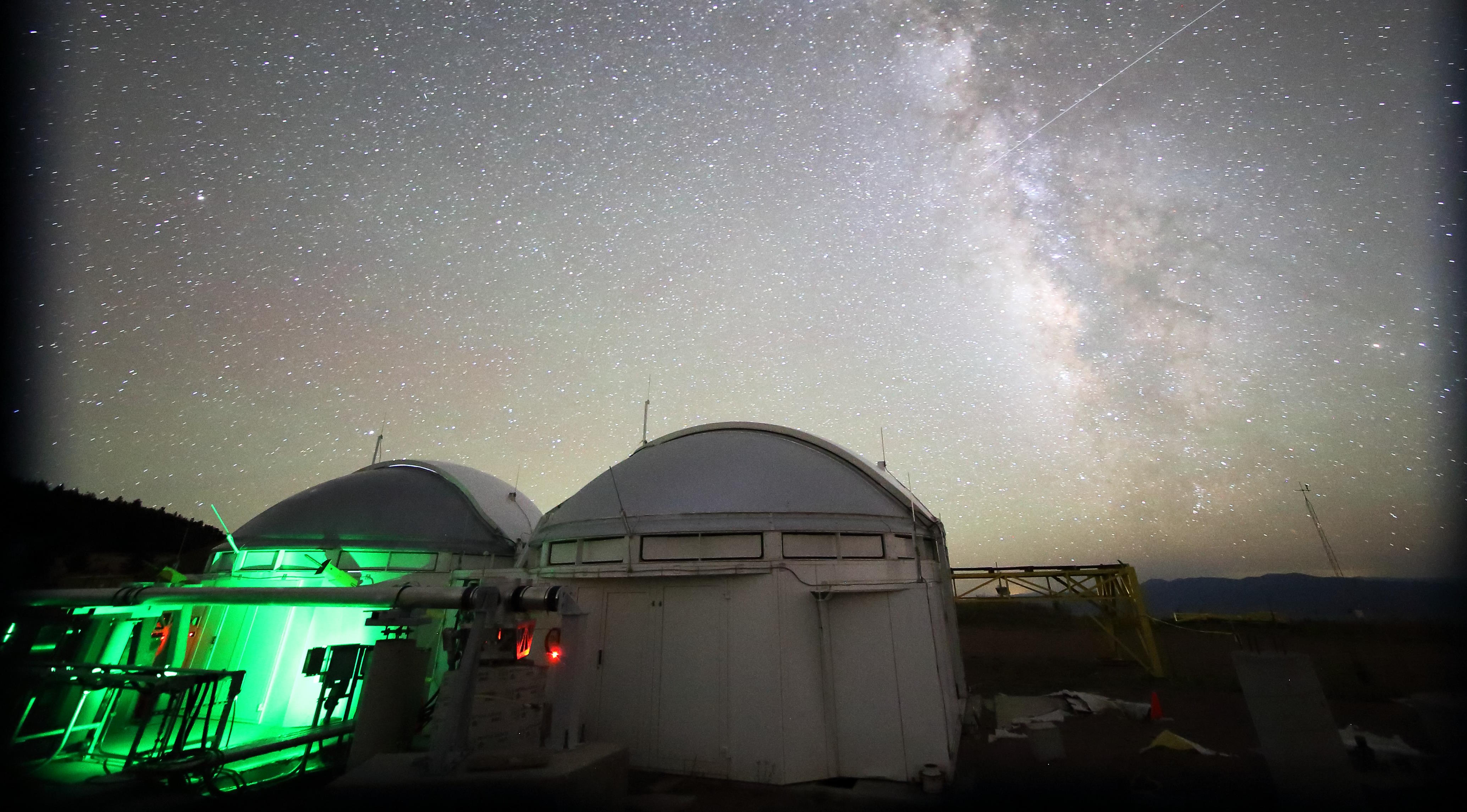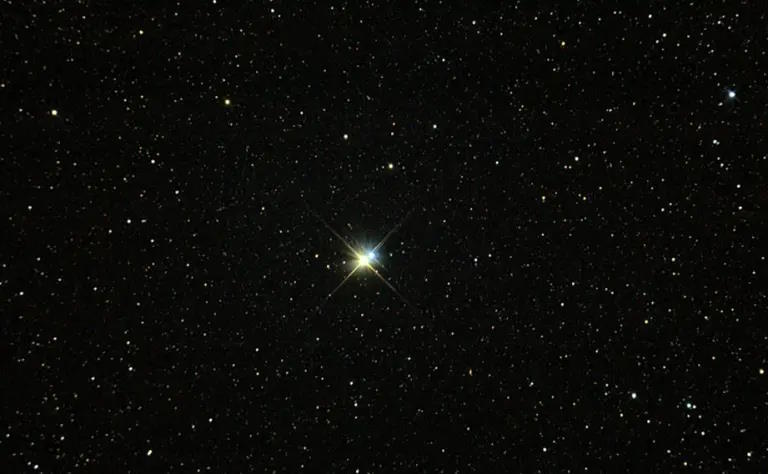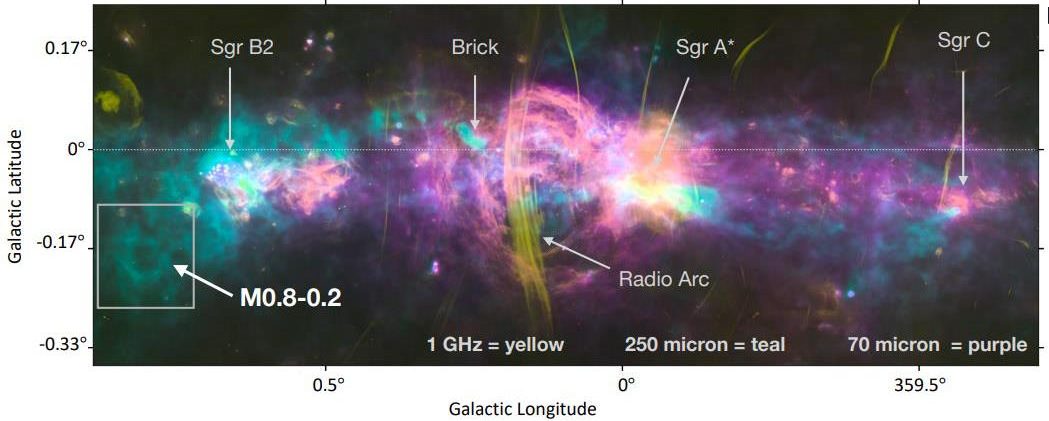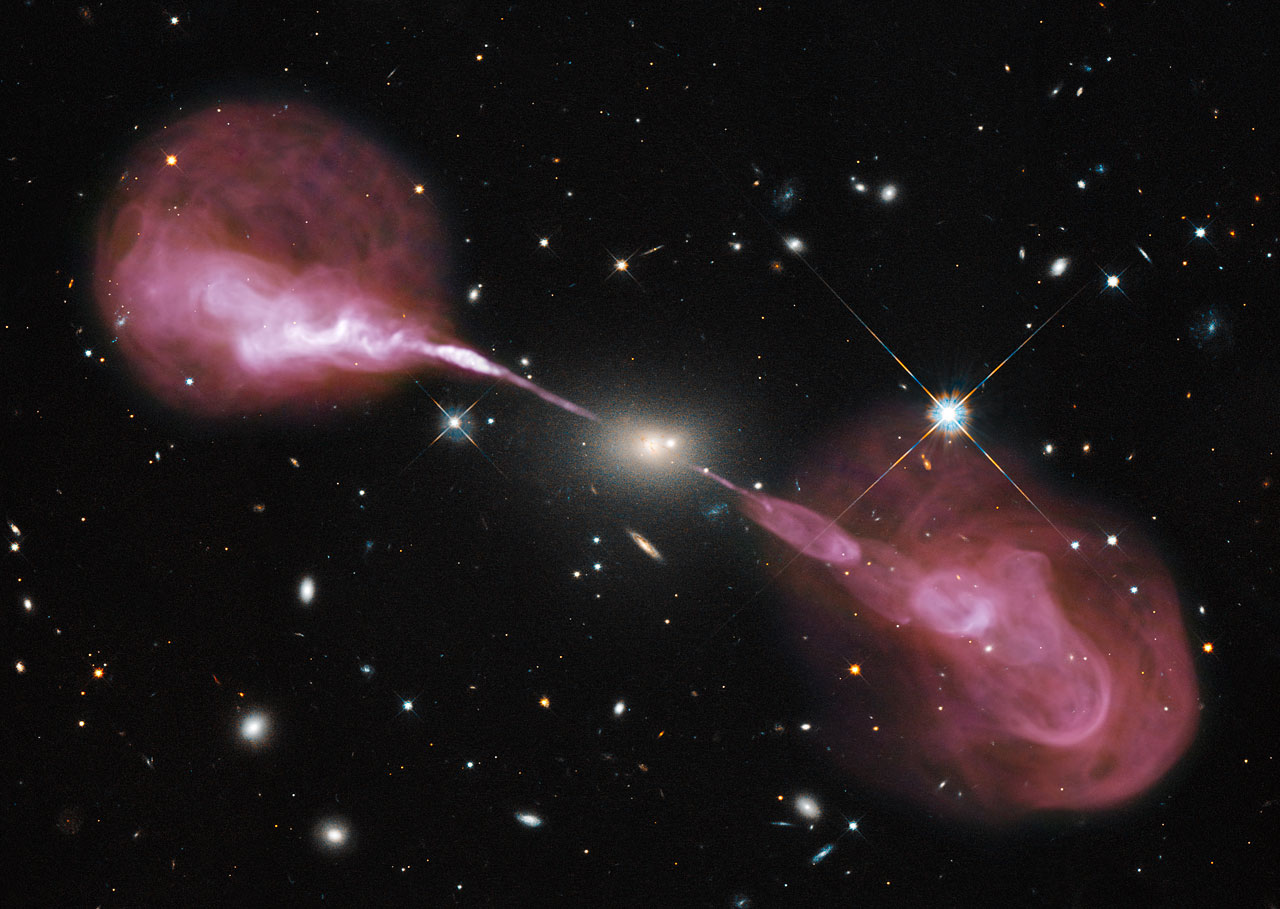Starts With A Bang Podcast #109 – Launching a galactic cone
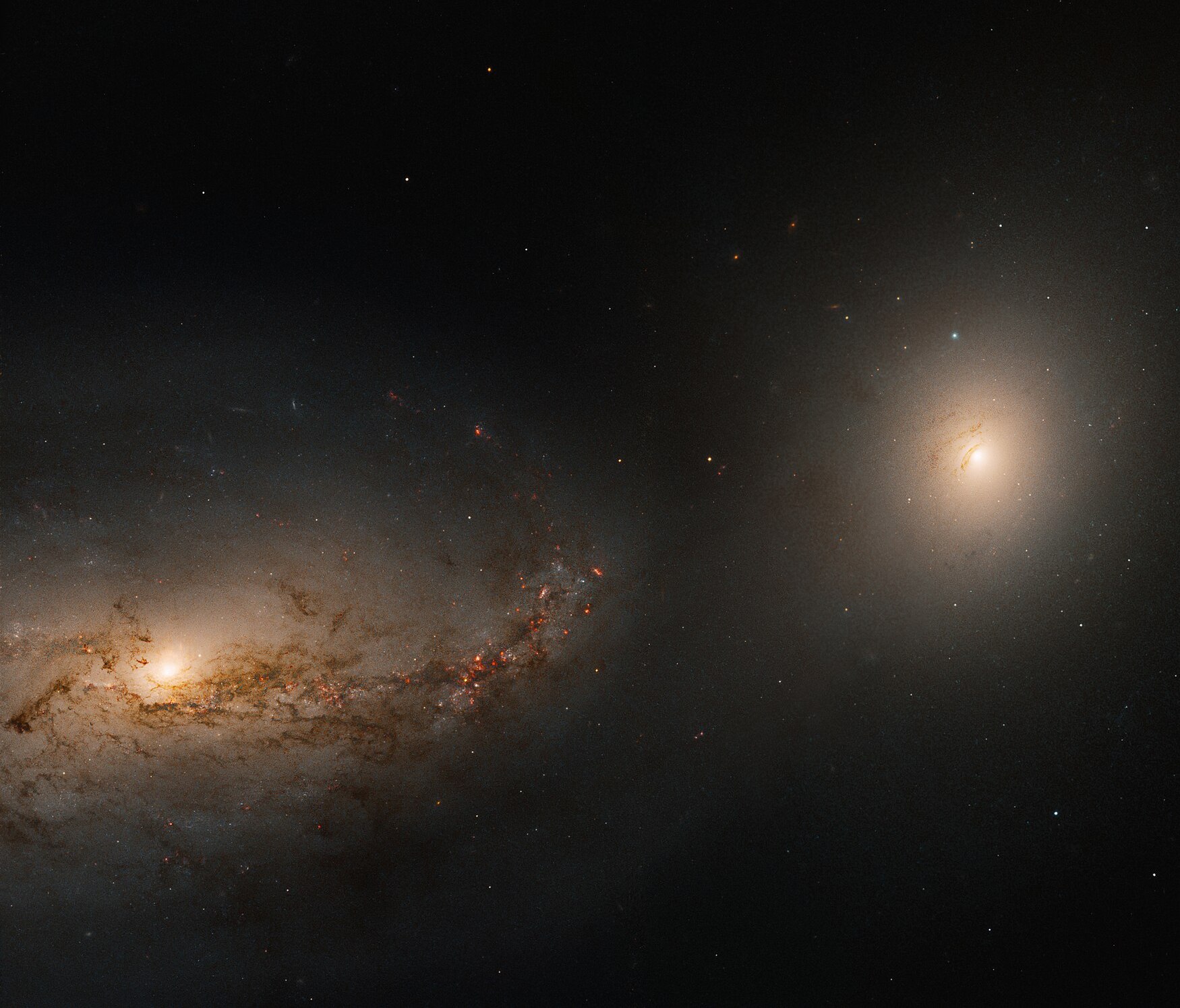
- When we think of active galaxies, we normally think of blazingly bright objects with a bright disk and two brilliant, bipolar jets, all shining from the supermassive black hole activity at their core.
- But that activity persists not just while matter is being devoured, but before and after as well, with some fascinating features appearing at each stage, even in otherwise normal-looking galaxies.
- While studying the relatively mundane-looking NGC 3227, a fascinating feature that appears to be a galactic-scale cone was launched from its central, supermassive black hole. Here’s what caused it.
When you think of an active galaxy, what picture comes to mind? Do you think about a monstrous supermassive black hole feasting on tremendous stores of gas and other forms of matter? Do you picture an enormous disk of accreted matter, being accelerated, heated, and eventually shot out along two jets, each perpendicular to the disk itself? This common picture of active galaxies describes many of the most prominent ones, but isn’t universal to them all.
Some active galaxies aren’t giant ellipticals, but just average-looking spiral galaxies. Some galaxies aren’t in the process of a major merger, but seem to be powered by their own internal gas. And some of these black holes aren’t ridiculously massive, with billions of solar masses inherent to them, but are rather much more modest. Some of these active galaxies actually show practically no signs of activity in visible light, but must be viewed in other wavelengths, such as with radio telescopes, to reveal their activity.
Above, you can see galaxy NGC 3227, which may appear to be just a normal spiral galaxy. However, not only is it active, but it’s actively in the process of launching a “cone” of energetic material from very close to the black hole itself. Here to help us untangle its mysteries and take us on a deep dive into the physics of these objects, I’m so pleased to welcome Julia Falcone to the podcast. Julia is a PhD candidate at Georgia State University, and her very first published first-author paper is about this exact system shown here. Come join us as we explore these fascinating objects and open a window onto the Universe we’re still discovering!

